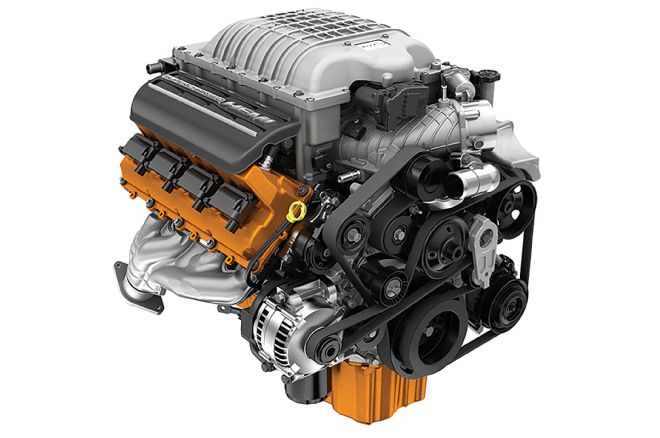P1553 Engine Error Code
When you check engine light came on code P1553 the reason should be Engine Light ON (or Service Engine Soon Warning Light). However your vehicle's manufacturer may have a different definition for the P1553 OBD-II Diagnostic Powertrain (P) Trouble Code. So you should chech it on your car models.
P1553 Code Symptoms

|
P1553 OBD 2 code on vehicles with electronically controlled automatic transmissions, the 3-4 shift solenoid is responsible for actuating the hydraulic circuits to activate clutches or bands that change gears inside the automatic transmission. |
The firing order is an important part of the overall design of the engine and is determined during the design of the engine to eliminate as much engine vibration as possible. If the firing order is changed or adjusted, the ignition from the spark plug is delivered at the wrong time and the engine functions poorly or does not run. The firing order for a particular engine is typically found in the repair manual specific to that model.
P1553 OBD-II Diagnostic Powertrain (P) Trouble Code DescriptionP1553 OBD-II Trouble Code Idle Speed Actuator Open is one of the definitions for the P1553; however your vehicles manufacturer may have a different definition for the P1553 code. Please check below for your specific make.P1553 Code Review :The reason of P1553 OBD-II Engine Error Code is P1553 Idle Speed Actuator Open. |
P1553 Code Dictionary Meaning:

|
-
1 - MFG - Manufacturer Specific 5 - Auxiliary Emission Controls 5 - BBV Sensor Circuit Low Voltage 3 - TFP Valve Position Switch-Drive Without Drive Ratio |
How long can you drive with a P1553 code ?
If your vehicle is displaying a P1553 OBD2 error code but is still running and driving normally, it means that the issue might not be immediately critical or causing immediate harm to the vehicle. However, it's important to address the issue as soon as possible for several reasons:
- Potential for Worsening
- Decreased Fuel Efficiency
- Emissions Testing Compliance
- Risk of Further Damage
- Safety Concerns
- Legal Considerations

